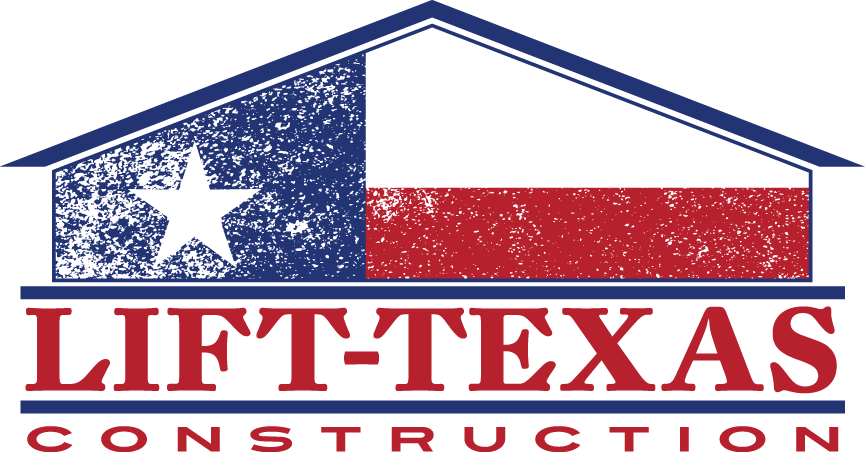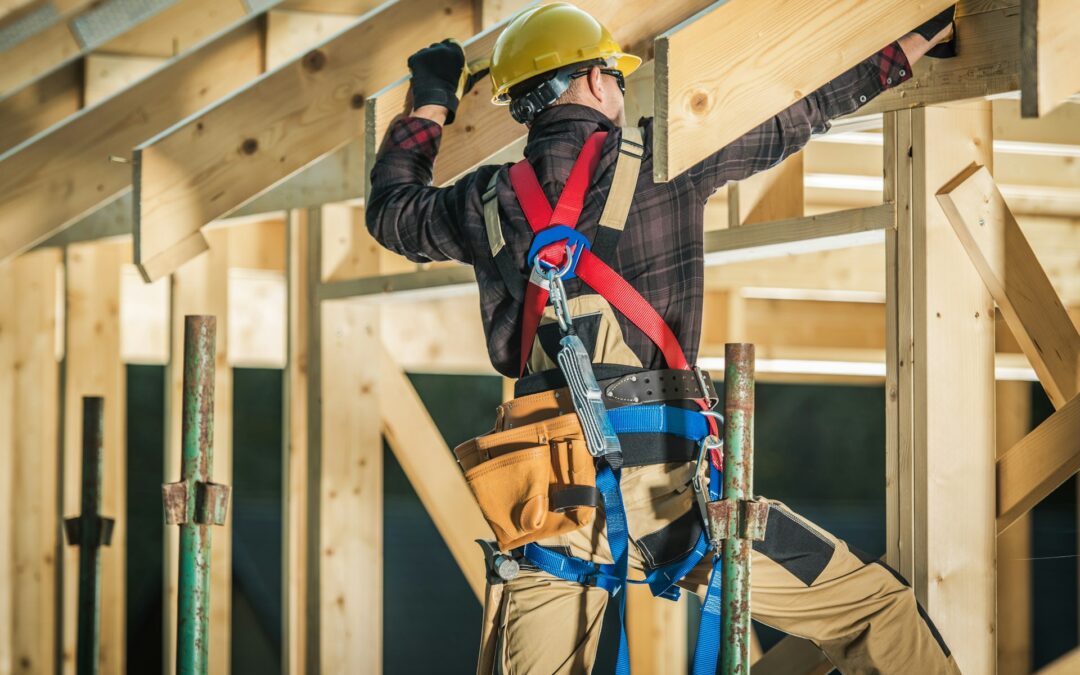When picturing your home, it’s easy to overlook the vital support systems that keep it standing tall, like load-bearing walls. These walls do a lot of heavy lifting, distributing weight from the roof down to the foundation. Understanding what load-bearing walls do can help you take better care of your home, especially if you’re in the DFW area where building needs may vary due to climate and landscape. Knowing how these walls interact with your foundation is key in maintaining your home’s stability and safety.
Load-bearing walls are different from regular walls because they hold up the structure above. Think of them as crucial players in a team that must coordinate well with your home’s foundation to keep everything secure. Homeowners in DFW should pay close attention to this connection since the area’s unique environmental factors can affect both walls and foundations. Taking the time to understand this relationship helps homeowners ensure their homes remain sturdy and strong for years to come.
The Role of Load-Bearing Walls
Load-bearing walls are not just any walls in your home; they serve a specific purpose. Unlike partition walls that divide rooms, load-bearing walls support the structure above them, taking weight from the roof, floors, and other upper parts of the house, and directing it safely to the ground. Recognizing these walls is critical. They are usually made of more robust materials, such as concrete or steel, rather than drywall or plaster that you might find in regular walls.
Here’s how load-bearing walls ensure your home stays strong:
- Support Roof and Floors: These walls handle significant pressure from the roof and floors above.
- Stability: They help maintain the structural integrity of the house.
- Durable Materials: Often made with sturdy materials like brick, concrete, or heavy timber.
In addition to their supportive role, load-bearing walls are carefully integrated into the house’s design, becoming a part of the architectural plan from the start. They are placed in specific areas to maximize the structural integrity, often aligning with beams, and need careful planning during renovations. Understanding these characteristics can guide homeowners in identifying potential issues early, ensuring their homes stay safe and secure.
How Load-Bearing Walls Affect Your Foundation
The relationship between load-bearing walls and your foundation is a delicate balance. When these walls transfer weight, the foundation responds by dispersing this load across the ground beneath. Proper alignment and support are essential to prevent structural issues. If a load-bearing wall starts showing signs of wear, it can put uneven pressure on the foundation, leading to problems like cracks or settlement.
Potential issues arise when:
- Walls Shift or Crack: This can create uneven weight distribution on the foundation.
- Foundation Settles Unevenly: Causes misalignment with the walls above.
- Inadequate Support: Leads to structural stress that can damage both walls and foundation.
The interaction between walls and foundations can be affected by the soil in DFW, which is known for its shifting properties. Homeowners can protect their homes by regularly inspecting these walls for telltale signs of trouble, like cracks or shifts, which could indicate deeper foundation issues. Regular maintenance and professional checks ensure that the balance between load-bearing walls and foundation remains intact, keeping the home safe and sound.
Signs of Structural Issues Related to Load-Bearing Walls
It’s important to be aware of warning signs that may indicate issues with load-bearing walls. These signs can be subtle or fairly obvious, but catching them early is key to preventing more extensive damage. Common indicators include:
- Cracks in Walls or Ceilings: Watch for any new or expanding cracks, especially around doorways or windows.
- Uneven Floors: Notice if your floors seem to dip or slope. This could mean the foundation has shifted.
- Doors and Windows Sticking: If these seem harder to open or close, it might suggest a structural problem impacting the frame alignment.
In the DFW area, the soil tends to be quite expansive, which means it easily absorbs water and contracts significantly when it dries. This can heavily influence foundation movement, impacting your load-bearing walls. If you spot any of these signs, it’s wise to consider having a professional assessment done to understand the extent of any potential issues.
The Importance of Professional Foundation Structural Repair
Ignoring structural issues in load-bearing walls is risky and can lead to more serious problems in the long run. A professional repair service can assess the root cause and provide a solution that reinforces both the foundation and walls. Experts use specific techniques and materials designed to suit the unique conditions of your home and the DFW region.
- Stabilization Services: These methods keep your foundation and load-bearing walls secure over time.
- Expert Evaluation: Professionals will accurately diagnose issues and recommend the best plan.
Hiring experienced repair services means you benefit from their specialized knowledge and tools that ensure lasting repairs. This not only alleviates the risk of further damage but also enhances the overall safety and value of your home, ensuring it stands the test of time.
Maintaining Your Home’s Foundation and Walls
To help prevent trouble, regular upkeep and a watchful eye can make a big difference. Routine checks and some preventative steps can keep your foundation and load-bearing walls in good shape. Here’s what you can do:
- Inspect Regularly: Check for any new cracks, uneven floors, or sticking doors.
- Manage Moisture Levels: Direct water away from your foundation with proper drainage.
- Address Small Issues Quickly: Don’t wait for problems to worsen before taking action.
Simple habits like these can stop minor concerns from becoming major repairs. Alongside professional inspections, these efforts help you safeguard your home and maintain its structural integrity.
Protecting Your Home in DFW: Final Thoughts
Understanding the role of load-bearing walls and their connection to your foundation is vital for keeping your home safe and sound. Being proactive about maintenance and mindful of any changes in your home can prevent significant structural issues. When you address problems early, you save on the time, stress, and cost of more extensive repairs later.
Get into the habit of inspecting your home and considering a professional’s opinion if something seems off. This approach makes sure your household remains a secure and stable place for you and your family. By partnering with specialists if needed, you ensure that your home continues to be a sturdy haven amid the varied DFW conditions.
If you’re witnessing signs of structural issues, like cracks or uneven floors, it’s time to consider professional evaluation. Securing your home’s future in the challenging DFW environment can begin with solid foundation structural repair. Visit Lift-Texas Construction to learn how our experienced team can provide the support and stability your home needs. Explore more about foundation structural repair and ensure your home stands firm for years to come.

